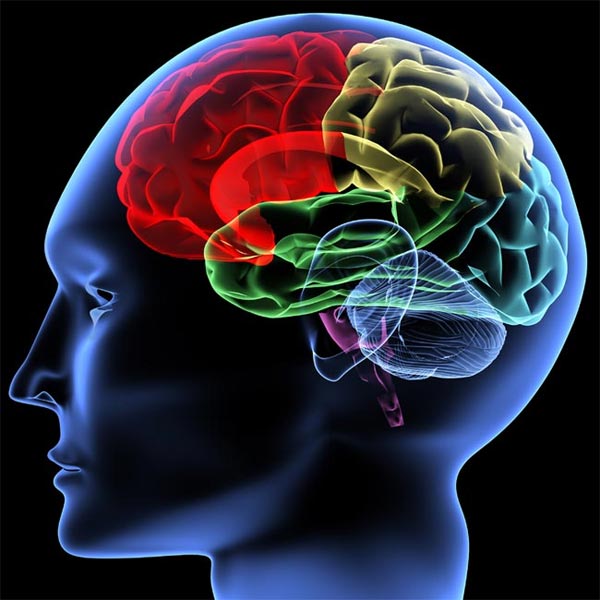Women with No Fear Feel Panic in Experiments

Three women with an extremely rare type of brain damage had never felt fear in their adult lives. Snakes and scary movies didn't do it for them. In fact, they couldn't even recognize a fearful expression on someone else's face. But when given a hit of carbon dioxide that made them feel like they couldn't breathe, the women experienced something surprising and novel: They were panicked.
The amygdalae, a pair of almond-shaped structures buried deep inside the brain, are thought to be the mind's storage center for fears. Damage across both of these nuggets of gray matter is uncommon, but the three women in this case study all suffer from Urbach-Wiethe disease, which has wasted away this part of their brains.
One of these patients, known only as SM, had been extensively studied before, and scientists had marveled at her lack of a response to frightening external stimuli in experiments. The woman, who is in her 40s, had also been in life-threatening and traumatic situations outside the lab. She was held up at knife point and at gun point, and she was nearly killed in an act of domestic violence, but none of these experiences induced fear.
One scary stimulus that the scientists hadn't tested in their experiments with SM was carbon dioxide. Inhaling the gas, also referred to as CO2, can make you feel like you're starved for air, and it's been known to trigger panic attacks, especially in people with panic disorder. For the new study, a research team led by scientists at the University of Iowa, tested how SM and a set of twin sisters with Urbach-Wiethe disease reacted to CO2. [What Really Scares People: Top 10 Phobias]
In two trials, not only did all three report feeling fear, but they also all had panic attacks, the researchers said. Meanwhile, just three out of 12 in a control group of people with no brain damage panicked after inhaling CO2.
But if fear had been foreign to the women, how could the scientists know that's what they were feeling? There apparently were some clear signs observed in all three.
"First, all of the patients found the feelings induced by the CO2 to be novel and described the experience as 'panic,'" the team wrote. "Second, all of the patients displayed similar behavioral responses to CO2, including gasping for air, distressed facial expressions and escape behavior (for example, ripping off the inhalation mask)."
Get the world’s most fascinating discoveries delivered straight to your inbox.
The researchers were surprised by the results. They said the higher rate of panic attacks among the Urbach-Wiethe patients suggests that the loss of amygdala function might actually spur the development of panic disorder.
The results also indicate that there could be other pathways for fear in the brain that skirt the amygdalae. While external scary stimuli are processed through visual and auditory pathways that fire off signals to the amygdalae, CO2 might trigger a response in another part of the brain, such as the brain stem or insular cortex.
"Thus, CO2 may directly activate extra-amygdalar brain structures that underlie fear and panic," the researchers wrote last week in the journal Nature Neuroscience.
Follow LiveScience on Twitter @livescience. We're also on Facebook & Google+.



